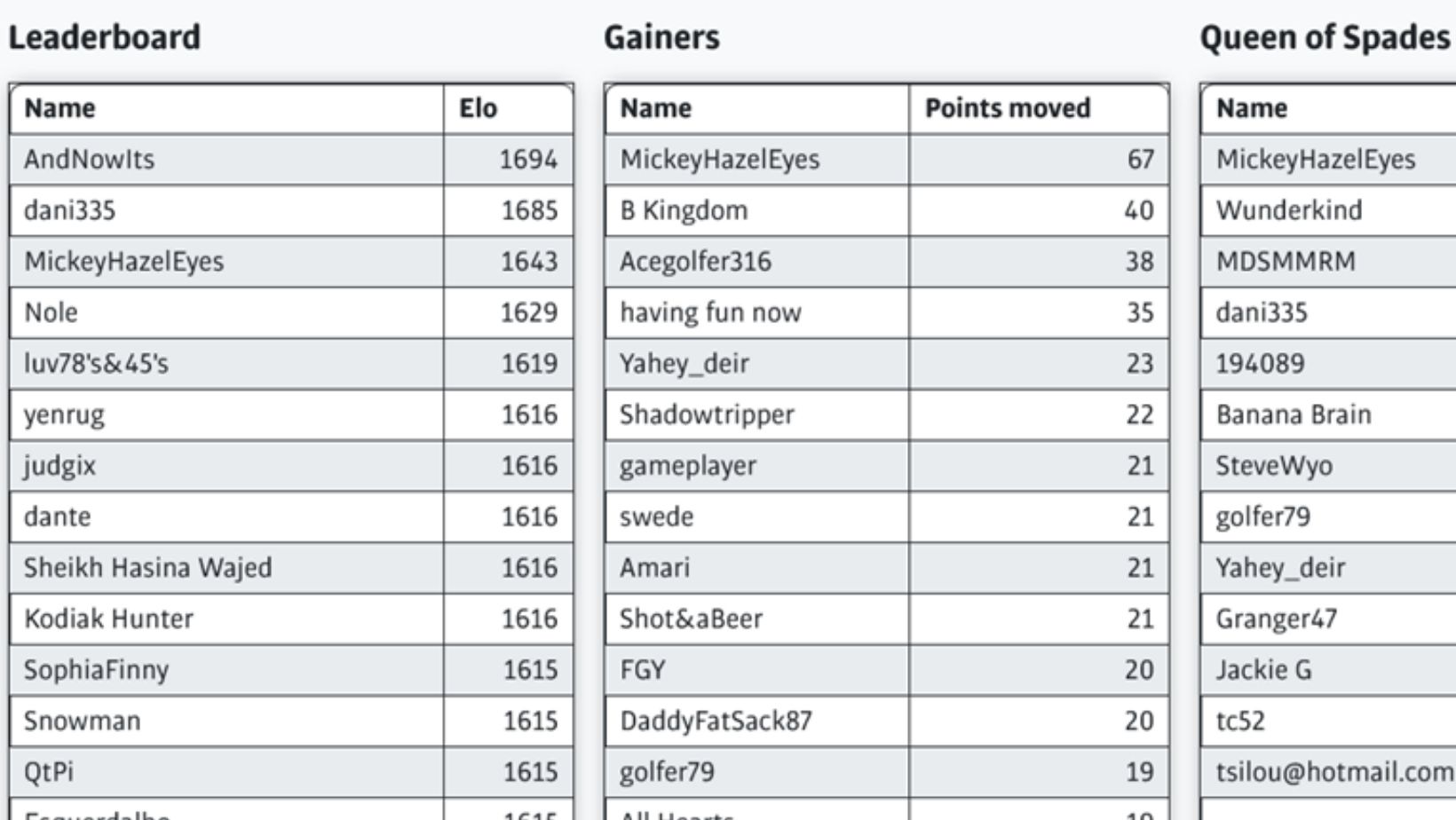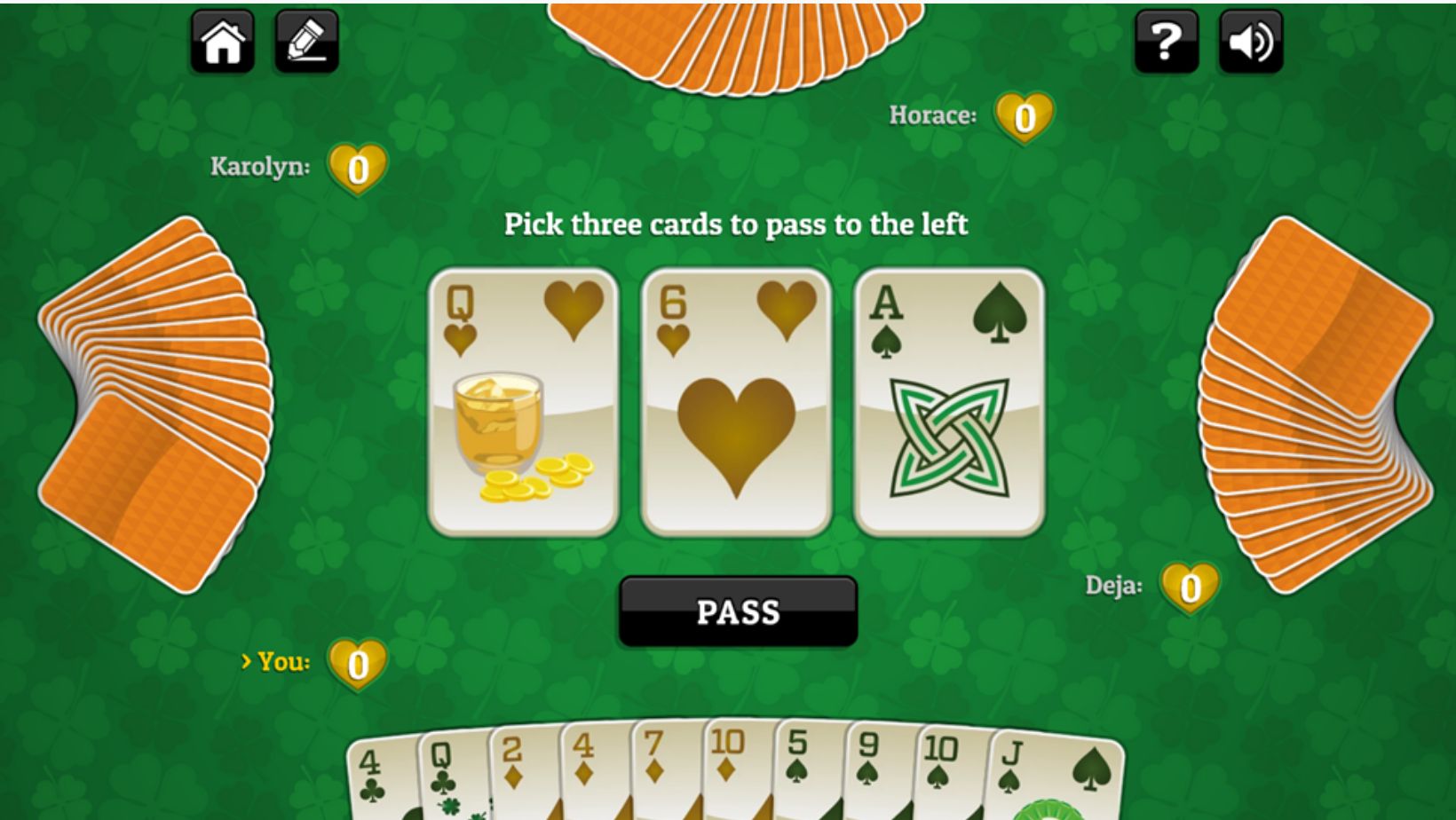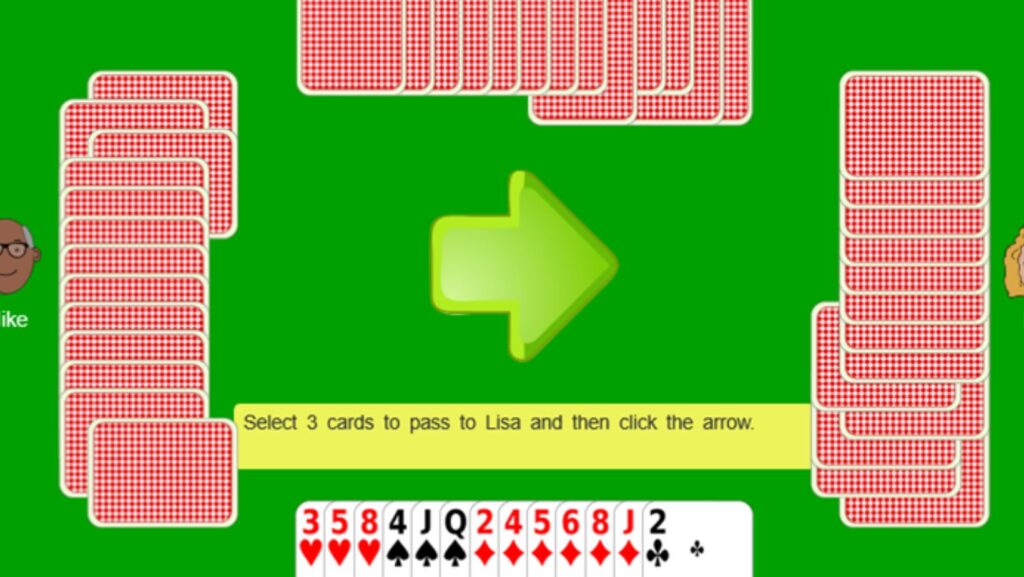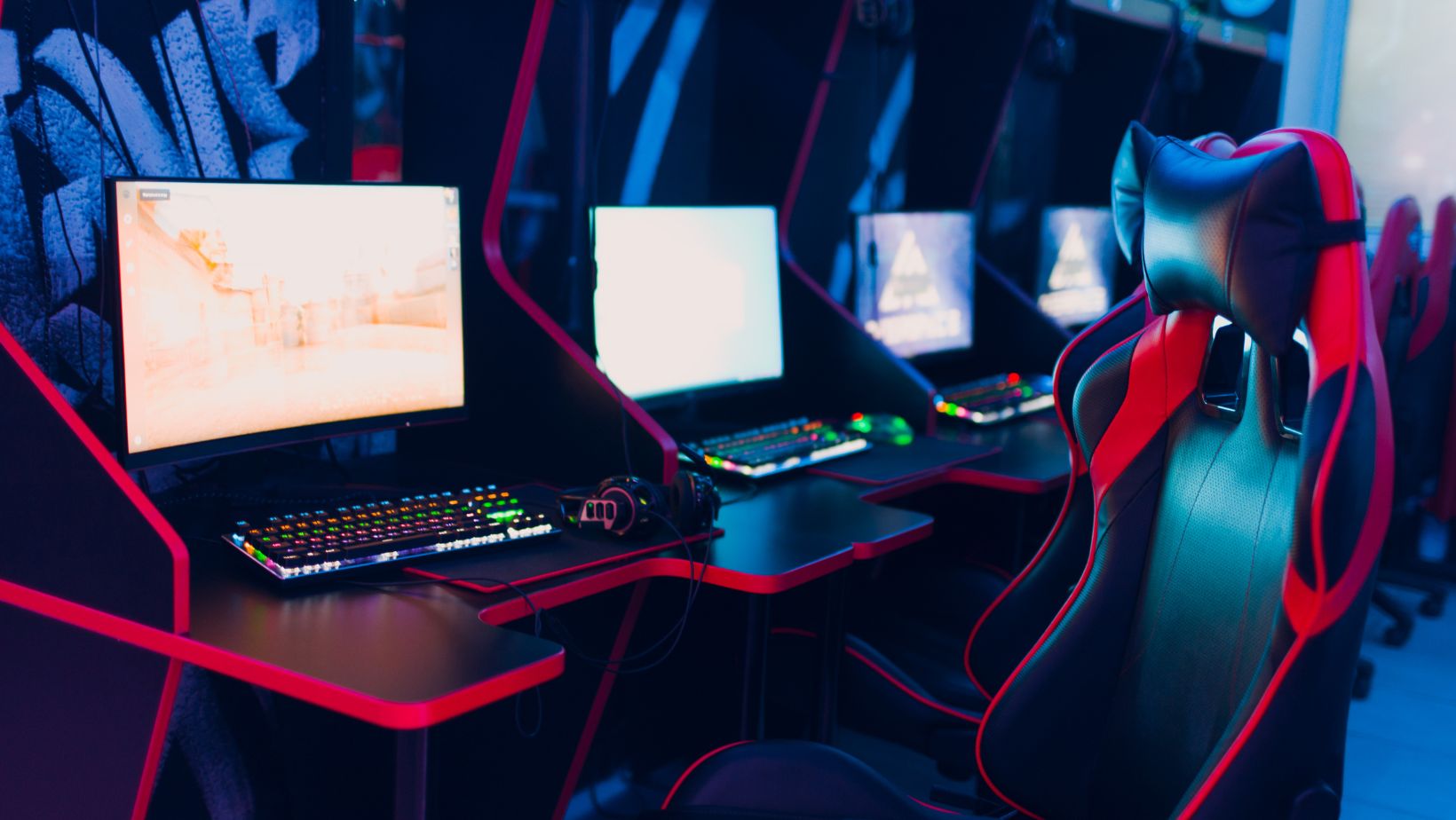Gamification is a powerful motivational tool that is great for increasing engagement with the game and improving retention rates. It can strengthen the community and make the game of Hearts more fun.
Over the years, gamification techniques like reward systems, progress tracking, social interaction, challenges, and customization have proven their effectiveness. Those techniques transform a simple card game into an exciting experience.
A sense of achievement, competitiveness, and community are essential for maintaining the player’s interest in the game. In this post, you will learn more about the five most effective gamification techniques in the Hearts online game to keep players hooked and wanting more.
Table of Contents
Toggle1. Reward Systems
Reward systems in video games have influenced 42% of users to spend more time playing the game. Something as simple as a daily reward for entering the game can serve as a powerful motivator for users to return for a game or two.
Several types of reward systems that can be implemented within Hearts:
- Accumulative rewards, like points or coins.
- Collectibles like badges.
- Unlockable content.
- Progressions like levels.
- Event-based rewards, like special in-game item giveaways for holidays.
Accumulative rewards in the form of points could be given to users for entering the game daily and weekly. They could also be won in each game: more for winning and a bit less for losing.
Collectibles like badges can be handed to Hearts players for achieving unique feats, like winning three games in a row or successfully shooting the moon.
Hearts games can allow users to embark on special quests bought with in-game accumulated currency. Those can be card challenges that users could solve and receive unique card or deck designs.
Players can be rewarded for earning points and reaching new levels, too. The higher the level, the more points a player needs to reach it and the more rewards they get. For example, apps like Nike Running Club have the concept of milestones. The more users run, the higher their levels and status gets
2. Progression Tracking
Progression tracking is an important aspect of user engagement. It can be done through point accumulation and level progression. With each new level, players can open new avatars, emotions, or card designs to stand out from the competition.

The experience bar indicates the progress players have made playing Hearts. They can use this information to plan how many wins or hours they need to reach another milestone. Unlocking new in-game features and keeping an eye on the progress motivates players to learn new Hearts techniques for faster, better results.
3. Social Interaction
Active players are those who keep the game alive. Social interactions in Hearts foster connections between players. It makes the game more intimate and engaging. The social aspect of Hearts can be realized through:
- Multiplayer mode.
- Friends lists and chats.
- Leader boards with avatars, nicknames, and the “Add to friends” button.
- Clan and team systems.
With those options, players will challenge friends to a game of Hearts and find more connections online.
With friends from real life or new pals online, players could create their Hearts clans with names. Clans could provide its members with a special boost for points and offer access to clan-member-only content.
In-game social connections benefit the Hearts community. They offer a chance for immersion. Mixed with leaderboards and challenges, multiplayer capabilities can encourage competition and increase retention.
4. Challenges and Competitions
Small things like a daily challenge can go a long way retention-wise. Competition between friends in Hearts ranking also adds excitement to the game.
With seasonal tournaments and friend challenge requests, players are motivated to play. Players are encouraged to spend more time since they can’t reject an offer from a friend. Tournaments also make players increase their Hearts play time. They usually take several rounds, and if a player wins the first round, they are motivated to continue for a prize.

Seasonal rankings keep players’ visits consistent if they want to lead the pack. Incentives in the form of in-game prizes or real-life presents, like tickets to offline championship tournaments, can attract more attention to the game.
5. Customization Options
Customization in games is always the right way to spark a player’s interest. Here are some options for Hearts customizations:
- Card design
- Background design
- Avatars and nicknames
- In-game emotions and stickers
Card designs could come in various forms. A standard card design might be given to everyone playing the game. However, more unique designs might be sold in in-game stores for coins. They can also be graded in terms of rarity. For example, Saint Patrick’s Day event-based cards can be rarer than those bought from the store.
The background and emotions could be changed every season or added with in-game festivals. Those can create an atmosphere of celebration. Players could use emotions to communicate with other users while playing the game.
Avatars, nicknames, and stickers enable Hearts players to create their style or image. It makes them bond with their in-game character — a chance to express themselves in a manner different from real life. It also provides a sense of escapism from life’s hardships.
Apply These Tips to Improve Your Hearts Game!
When implemented wisely, gamification can be a powerful tool for increasing players’ engagement. Gamification elements, like card designs, avatars, rankings, friend lists, rewards, and progress bars, can make the Hearts game feel more personal. If players relate to their in-game characters and visually enjoy what they see, they will crave more time for playing Hearts.




